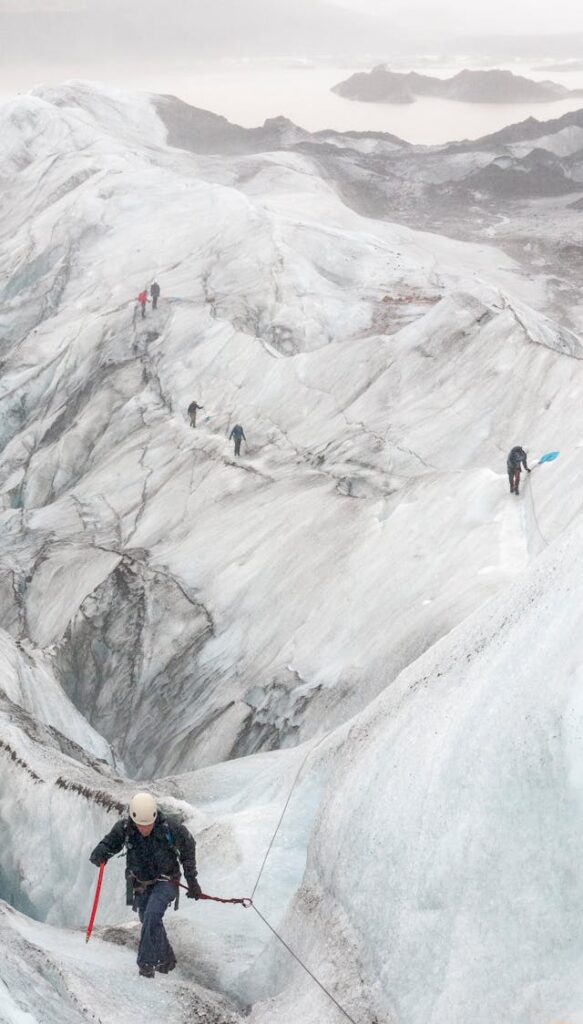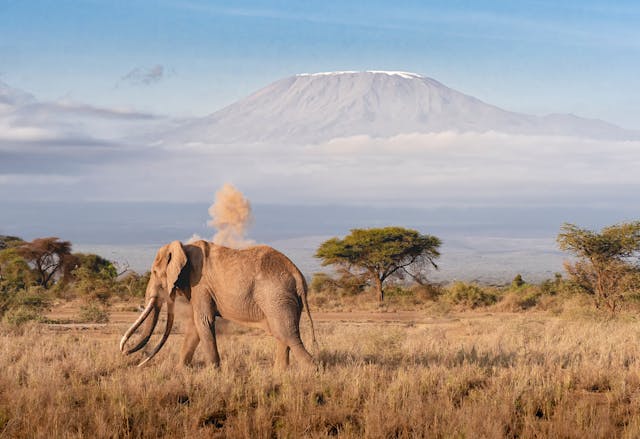Hello, adventurous souls! Welcome back to GertieBlu, your trusted guide for all things bold and beautiful. Today, we’re strapping on our boots, tightening our harnesses, and setting our sights on the ultimate adventure—mountaineering. Whether you’re a seasoned climber or someone who’s been flirting with the idea of summiting a peak, this post will inspire your next adventure.
There’s something indescribably magical about standing on top of a mountain. The crisp air, the panoramic views, the sense of accomplishment—it’s a feeling that you have to experience to truly understand. So, let’s dive into the world of mountaineering and explore five of the biggest and most breathtaking mountains you can aim to conquer.
1. Mount Everest, Nepal – The Roof of the World
It’s impossible to talk about mountaineering without mentioning Mount Everest. At 8,848 meters (29,029 feet), it’s the highest mountain on Earth and a bucket-list challenge for climbers worldwide. Everest is not just a test of physical endurance but also of mental fortitude. The journey to the summit is treacherous, requiring careful acclimatization, ice climbing skills, and a deep respect for the mountain’s unpredictable weather.
Why climb it? For many, Everest represents the ultimate mountaineering achievement. Standing on its summit means you’ve reached the highest point on the planet—a true once-in-a-lifetime experience.
2. K2, Pakistan – The Savage Mountain
If Everest is the most famous, K2 is undoubtedly the most feared. Known as the “Savage Mountain,” K2 stands at 8,611 meters (28,251 feet) and is notorious for its extreme difficulty. With steep, icy slopes and frequent avalanches, K2 has a reputation for being one of the deadliest mountains to climb. Only a select few have reached its peak, and it remains a challenge that only the most experienced mountaineers should consider.
Why climb it? K2 is the ultimate test of a climber’s skill and resilience. Successfully summiting K2 earns you a place among the elite in the mountaineering community.

3. Denali, USA – The High One
North America’s highest peak, Denali (formerly known as Mount McKinley), rises to 6,190 meters (20,310 feet) in the heart of Alaska. Don’t be fooled by its height relative to the Himalayan giants—Denali is one of the toughest climbs in the world. The mountain’s remote location, harsh weather conditions, and the sheer isolation of the Alaskan wilderness make it a formidable challenge.
Why climb it? Denali offers an unparalleled wilderness experience. The climb is as much about battling the elements as it is about reaching the summit. For those seeking solitude and raw nature, Denali is the perfect adventure.
4. Mount Aconcagua, Argentina – The Stone Sentinel
At 6,959 meters (22,831 feet), Aconcagua is the tallest mountain in South America and the highest peak outside of Asia. Situated in Argentina’s Andes mountain range, Aconcagua is a popular climb due to its non-technical nature. However, the altitude makes it a serious challenge, requiring proper acclimatization and a strong determination to push through thin air.
Why climb it? Aconcagua is a great choice for climbers looking to test themselves at high altitudes without the technical demands of mountains like K2 or Everest. The views of the Andes are spectacular, and reaching the summit is an incredible achievement.
5. Mount Kilimanjaro, Tanzania – The Roof of Africa
Last but certainly not least is Mount Kilimanjaro, Africa’s highest peak at 5,895 meters (19,341 feet). Unlike the other mountains on this list, Kilimanjaro is a non-technical climb, meaning you don’t need ropes, ice axes, or climbing experience to reach the top. However, the altitude and the long trek can be challenging. The journey to the summit takes you through diverse ecosystems, from lush rainforests to alpine deserts, before reaching the snowy peak.
Why climb it? Kilimanjaro is perfect for those looking to experience high-altitude climbing without technical difficulties. It’s a relatively accessible climb with rewarding views and a chance to stand on the highest point in Africa.

Final Thoughts
Mountaineering is more than just a physical challenge—it’s an opportunity to connect with nature, test your limits, and experience the world from new heights. Whether you’re aiming to summit Everest or simply want to take on Kilimanjaro, each mountain offers its own unique adventure and sense of accomplishment.
Remember, preparation is key. Train well, respect the mountains, and never underestimate the power of nature. Safe travels, and may your climbs be as rewarding as they are challenging!
Stay adventurous,
GertieBlu









